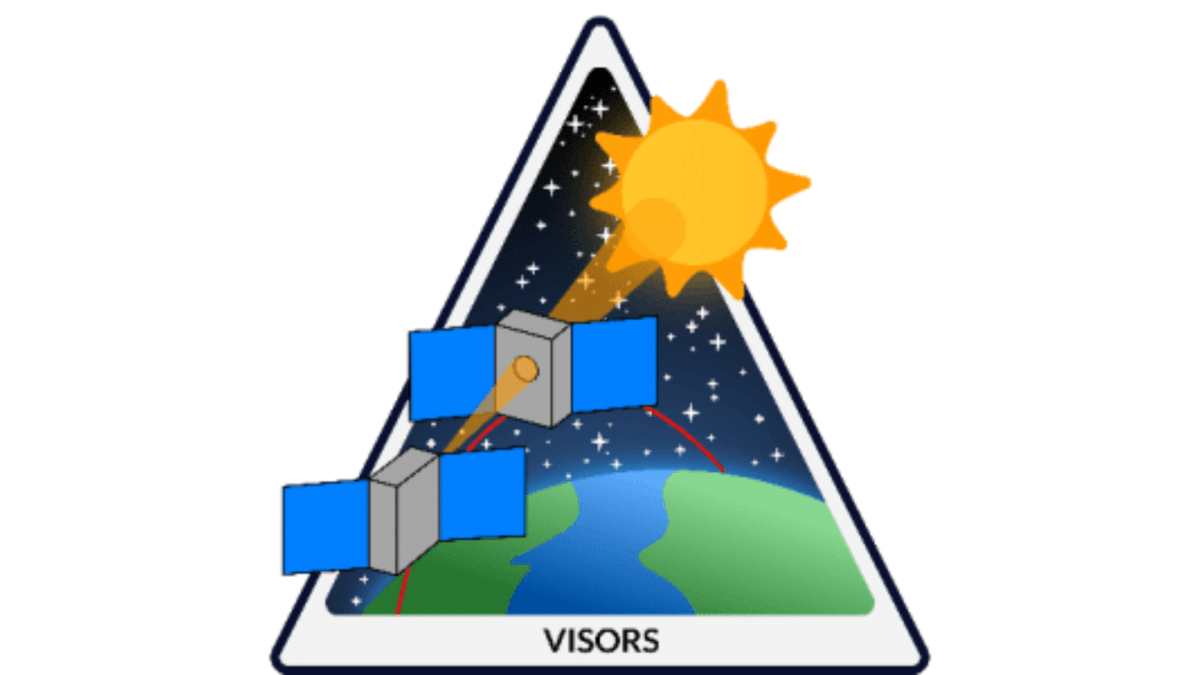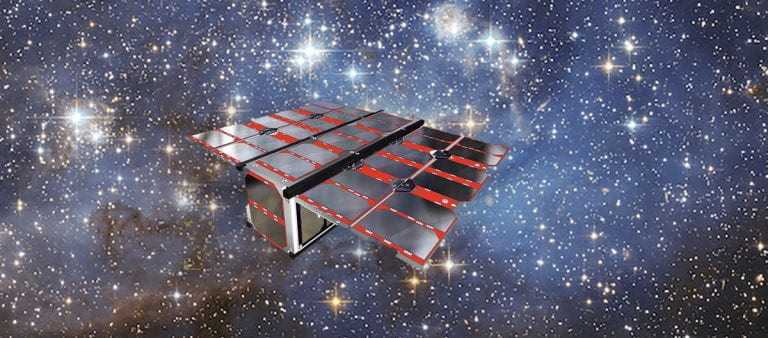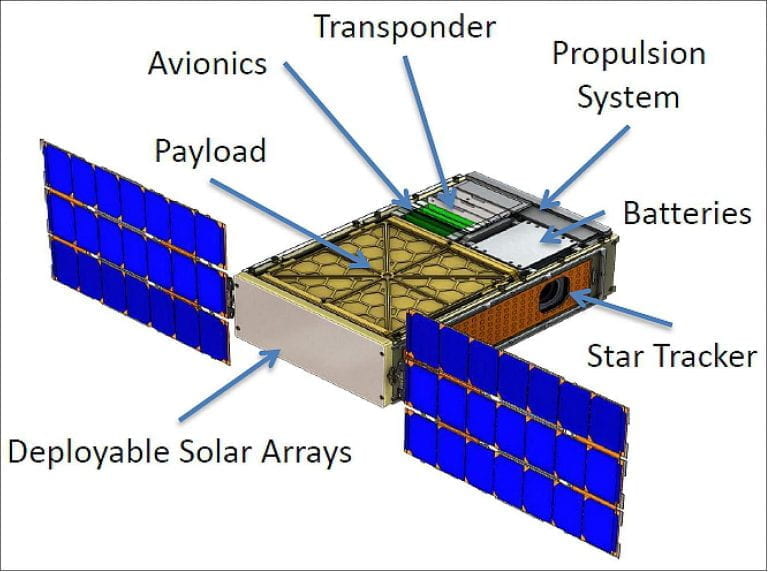The VISORS mission, Virtual Super-resolution Optics using Reconfigurable Swarms, is a multi-university cubesat mission aimed at capturing high resolution images of the sun. Georgia Tech is working on this mission in conjunction with Perdue University.
Craft Overview:
This mission will comprise of two 6U sized cubesats aimed at imaging the sun. The high definition imaging of the “solar corona” is required to determine the existence of theorized “heat release bands.” The existence of such bands would explain why the solar corona exhibits such unexpectedly high temperatures.
Sources and Additional Information:
- https://ssdl.gatech.edu/research/projects/visors-virtual-super-resolution-optics-using-reconfigurable-swarms
- https://engineering.purdue.edu/VIP/teams/visors
| Acronym | VISORS |
| Full Name | Virtual Super-resolution Optics using Reconfigurable Swarms |
| Size | 6U |
| Status | In Progress |
| Launch Date | TBD |
| Principal Investigator | Glenn Lightsey |



